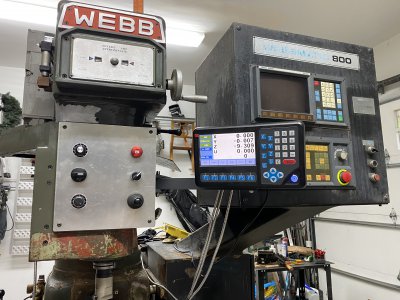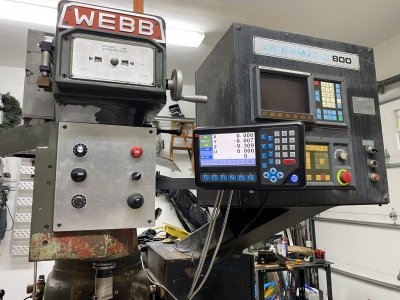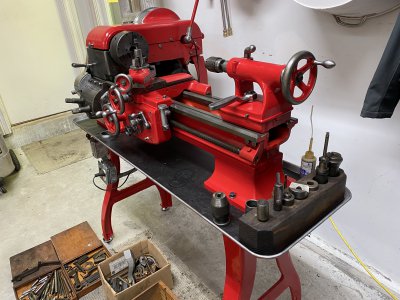Been a while.
Was on my way to the gas station for cigarettes - and just kept driving... or something along those lines.
Actually - I went down a lathe rabbit hole - and when I got to the darkest deepest place - I saw a second hole - and took that one as well.
Happy to say, I'm back.
Quick recap in pictures.
Bought this:
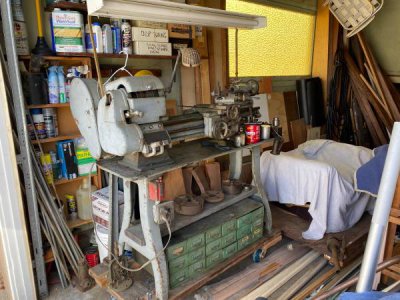
Turned it into this:
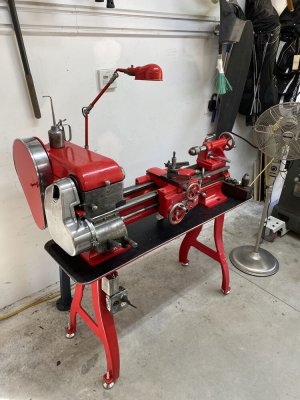
But then I discovered these existed:
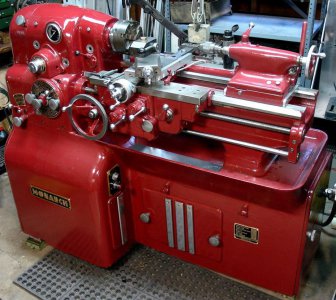
And this came available at a great price I couldn't say no to - so I said yes!
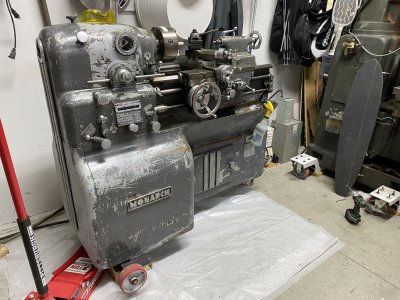
Though it required that I buy two other mills - which I dutifully loaded up
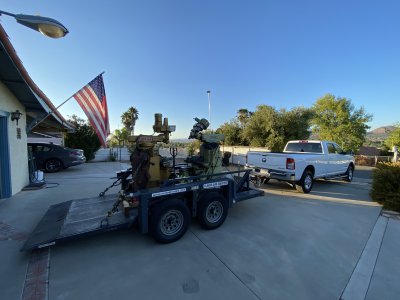
And sold before they even left my tailer.
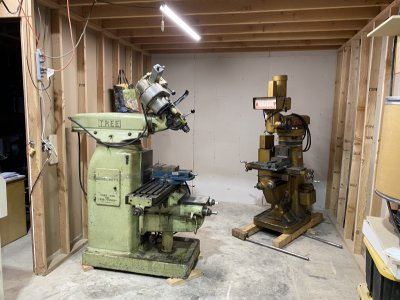
There was one point, about two weekends ago, where I owned three mills and two lathes all at once - and within 24 hours I was back down to my target one lathe one mill... Could hardly move for 2 days after all that loading and unloading.
Anyhow - having caught everyone up on the goings on - I've spent the last few days making parts and working with the machines.
Nothing like a project to really learn what's working - and what's not.
The mill is good - but has some issues I would like to address.
1. Table movement with my cheap DC power supply is ok - but spindle is inconsistent. Doesn't run well when I turn down the rheostat. Need that slow movement to be smooth. Considering something like this as a more powerful drive - but hesitant until I have a better long term plan.
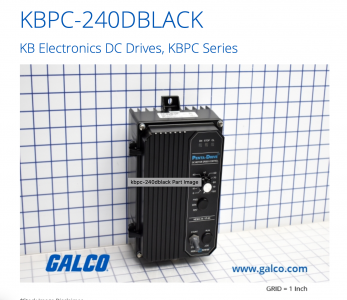
2. Though it's mostly minor - I HATE the big ass control box that hangs over the table. What a terrible idea. Makes my work dark as a cave - and is a constant hinderance to peering in to take readings. Not to mention its only a matter of time until the corner of that thing rips my scalp.
3. The tools stick in the spindle taper. I have to whack the draw bar with a mallet to knock them out.
4. (related I suspect) Their is some run out - about .0015 inside the spindle - and at least twice that when a tool is inserted. Picture below and some video. It looks to me like there is some galling - though not terrible - inside the spindle. Probably a few high spots causing me issues I suspect.
Picture is rather poor - but you can see some markings.
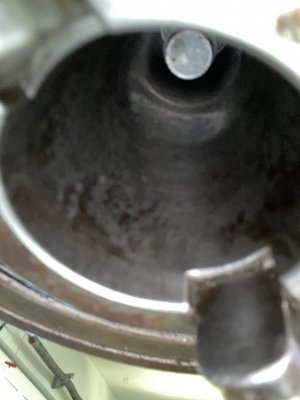
Here is a video showing the run out.
Spindle:
Spindle:
Tool holder:
Looking for input on severity of spindle issue.
The non-self releasing factor has held me from rigging up the power draw bar unit I have - but perhaps that would do the job of pressing down hard enough on the draw bar to help remove the tool. Will test.
Let me know your thoughts on the value of having the spindle ground - have the name of a mobile guy that works this area. Braced for just how expensive that might be...
Thanks for taking the time to have a look.
-CM
